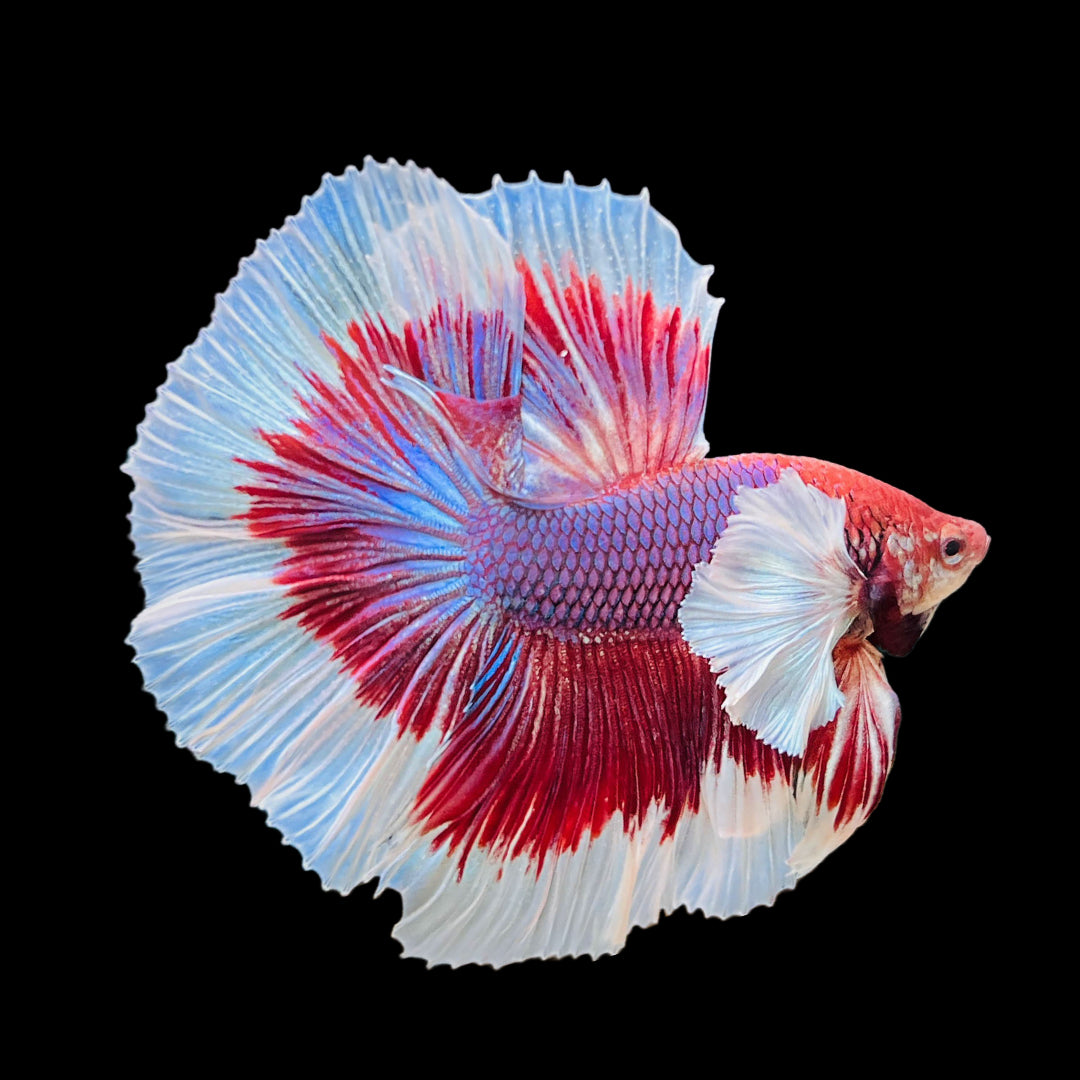Just how to Develop the Perfect Betta Fish Habitat in the house
Just how to Develop the Perfect Betta Fish Habitat in the house
Blog Article
Reproducing Betta Fish: a Comprehensive Step-By-Step Guide to Effectively Raising Infant Bettas From Eggs to Adulthood
Reproducing Betta fish is a thorough undertaking that requires mindful planning and implementation to make sure the successful growth of fry from eggs to mature fish. As the male Betta vigilantly constructs a bubble nest and guards the valuable eggs, the succeeding phases of treatment and change need interest to information and understanding of ideal methods.

Picking Breeding Pairs
When starting the journey of reproducing Betta fish, choosing the appropriate breeding sets is vital to achieving desirable qualities and a healthy and balanced family tree - betta fish. The primary step in this process is to identify the particular qualities you want to boost or protect, such as color, fin type, and physique. It is vital to select genetically diverse pairs to avoid inbreeding, which can lead to wellness issues and unwanted characteristics
Review possible reproducing prospects carefully. A healthy male Betta must show vivid colors, an active behavior, and well-formed fins, while the woman ought to also show vivid pigmentation and a rounded tummy, showing preparedness for spawning. Observing the character of both fish is essential, as aggressive or extremely timid individuals might not breed effectively.
Maintaining documents of the moms and dad fish's origins can assist you track genetic attributes and prospective issues. Inevitably, spending time in the option procedure will significantly improve the possibility of creating solid, vivid spawn that satisfy your breeding objectives.

Preparing the Breeding Storage Tank
Developing an ideal reproduction environment is a vital step after choosing ideal pairs for Betta fish. The breeding container should be specifically made to supply convenience and promote the natural reproduction actions of the fish. Begin with a storage tank size of a minimum of 10 gallons to ensure ample room for both the man and female Bettas.
Preserve a gentle filtering system to keep the water clean while avoiding solid currents that can emphasize the fish. Additionally, an air stone can be included to give oxygenation without interfering with the water surface way too much.
Temperature level law is vital; go for a stable series of 78-82 ° F(25-28 ° C) utilizing a trusted heater. The pH degree ought to be maintained between 6.5 and 7.5, and normal water modifications are required to ensure high water high quality.
Include drifting plants or spawning mops to develop hiding areas for the woman, while likewise urging bubble nest building by the male - betta fish. Ultimately, ensure the tank is devoid of sharp decors and any kind of potential dangers, as the well-being of the fish ought to constantly be focused on during this vital stage of reproduction.
The Reproduction Refine
Typically, the reproducing process for Betta fish involves a collection of distinct and visible actions that suggest readiness for reproduction. The male Betta starts by building a bubble nest at the navigate to these guys water's surface area, which serves as a site for the fertilized eggs. This nest is crucial, as it gives a safe atmosphere for the eggs till they hatch.
Once the nest is developed, the male will show courtship actions, such as flaring his fins and showing vibrant colors to bring in the lady. The woman, upon sensing the man's preparedness, will click to read more react by showing vertical stripes along her body, signaling her receptiveness.
The fed eggs then drop to the bubble nest, where the male carefully collects and returns them to the nest. Following this, the male presumes duty for safeguarding the nest and making certain the safety and security of the eggs till they hatch, normally within 24-36 hours.
Caring for Betta Fry
Caring for Betta fry needs mindful focus to their atmosphere and nutrition to make sure healthy and balanced growth and advancement. After hatching, Betta fry are incredibly tiny and vulnerable, demanding a stable and clean habitat.
Feeding Betta fry is similarly vital. Feed them read more little quantities several times a day, being mindful not to overfeed, which can lead to water quality problems.
Transitioning to Grownup Bettas
As Betta fry mature, transitioning them to adult Bettas is a crucial phase that needs mindful management of their atmosphere and social interactions. This process normally begins when the fry get to around 6 weeks of age, whereupon they can be gradually presented to a much more organized living environment.
To promote this shift, it is vital to guarantee that the water criteria-- such as temperature, pH, and ammonia degrees-- are optimal and secure. Grown-up Betta fish grow in warm water (around 78-80 ° F) with a pH of 6.5 to 7.5. Gradually adjust the fry to these conditions to lessen anxiety.
Social communications are another essential aspect; man Bettas are infamously territorial and hostile. Therefore, it is recommended to different males into specific tanks as they mature. Female Bettas can be housed with each other, yet care should be taken to monitor for indications of aggressiveness.
Additionally, nutritional changes ought to be made as the fry grow. Incorporate high-quality pellets and live foods to support their development and health and wellness. By handling these factors successfully, you can promote an effective transition to their adult years for your Betta fish.
:strip_icc()/how-long-do-bettas-live-1380782-hero-813aa5d34bab48cdb333edfe02471dad.jpg)
Verdict
Successful reproduction of Betta fish calls for cautious focus to detail throughout the whole process, from selecting genetically varied pairs to providing optimum care for fry. Furthermore, a well balanced diet plan and gradual adjustment to adult settings are vital for the growth and growth of Betta fish.
Report this page